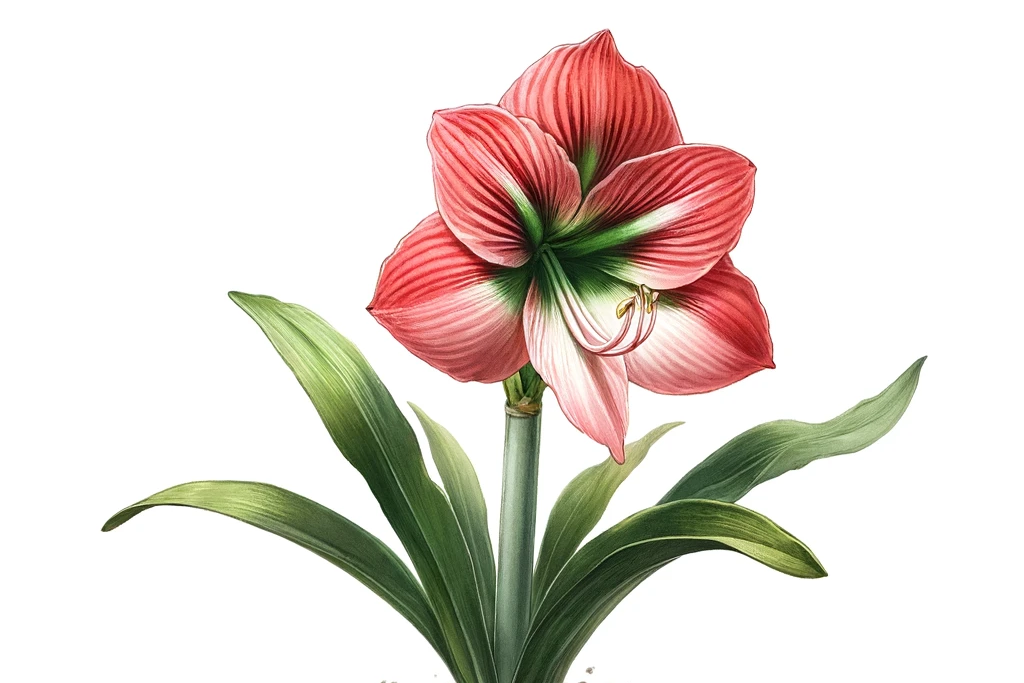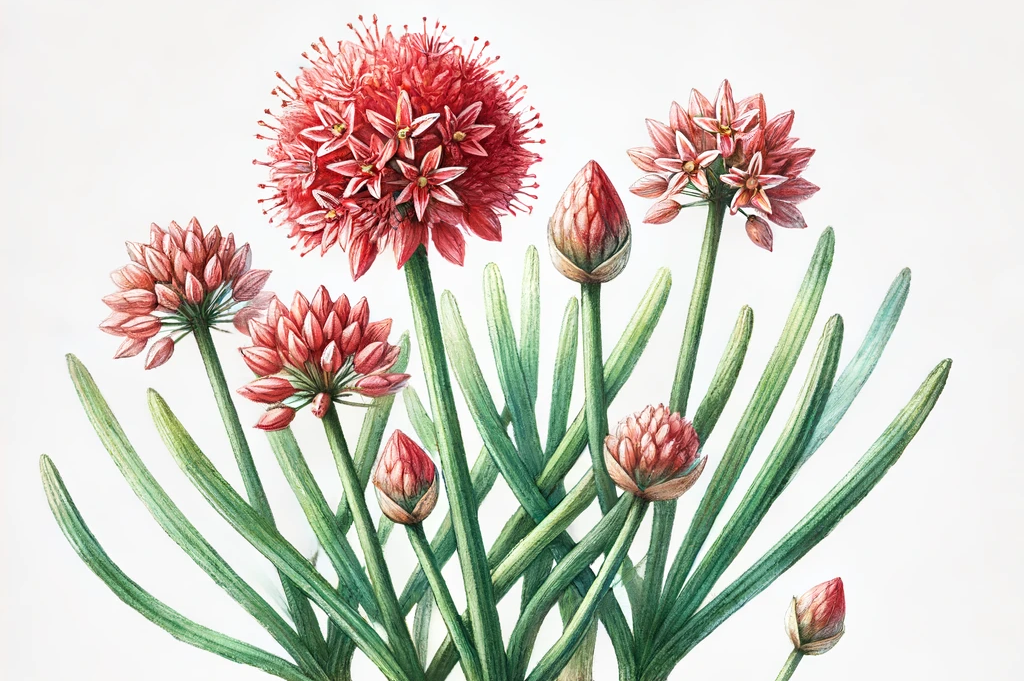Haemanthus albiflos

Among the many exotic plants that plant lovers cultivate in their living spaces, Haemanthus albiflos stands out - a species prized for both its unique beauty and ease of care. But while this plant is an asset to the ambience, it's important to consider its impact on our four-legged family members. In this article, we look at the Haemanthus albiflos plant in all its facets, from its botanical description to its benefits and the potential dangers it can pose to dogs. A comprehensive guide for every responsible dog owner.
What is Haemanthus albiflos?
Haemanthus albiflos belongs to the Amaryllidaceae family and is native to South Africa. This perennial bulbous plant is known for its robust, dark green leaves, which offer an attractive appearance all year round. The real attraction, however, are the unusual white flowers that grow from a dense cluster and are crowned with bright orange stamens. These flowers typically appear in the cooler months when other plants go dormant.
Advantages of Haemanthus albiflos
Decorative enrichment
The main benefits of Haemanthus albiflos lie in its decorative effect. The plant adds an exotic touch to any room and can be a real eye-catcher, especially when in bloom. Its longevity and year-round green appearance contribute to a pleasant living ambience.
Easy to care for
Haemanthus albiflos is also known for its ease of care. It requires only moderate light and sporadic watering, making it an ideal choice for busy plant lovers or those without green fingers.
Disadvantages and precautions for dogs
Potential toxicity
Despite its attractive appearance, Haemanthus albiflos can be potentially toxic to dogs (and other pets). All parts of the plant contain substances that, if consumed in large quantities, can lead to symptoms such as nausea, vomiting and diarrhea. In severe cases, neurological symptoms or an increased heart rate may occur.
Precautions
It is crucial to keep Haemanthus albiflos out of the reach of dogs to avoid any risk of accidental ingestion. If your dog does eat any part of the plant, it is important to consult a vet immediately.
Haemanthus albiflos is undoubtedly a fascinating plant that impresses with its unique flowers and low-maintenance nature. While it is a visual asset to any home, the safety of its animal inhabitants must always be a priority. Its potential toxicity to dogs requires caution and care from plant lovers. By strategically placing Haemanthus albiflos to prevent access to curious four-legged friends, it can be a safe and valued addition to your living space. Ultimately, being aware of the potential dangers is the key to keeping Haemanthus albiflos and dogs living together harmoniously and safely.
If you notice any signs of hypersensitivity or poisoning in your dog, you should see your vet immediately. We are not a substitute for a vet, but we try to be as accurate as possible. Every dog reacts differently and we recommend you get a second opinion or consult your vet if in doubt.
Stay healthy and take good care of your four-legged friend!😊
Similar to Haemanthus albiflos
Clivia is a genus of plants in the amaryllis family, originally from South Africa. It has long, dark green leaves and forms an inflorescence with many orange or yellow flowers in spring or summer....
Amaryllis (Hippeastrum hybrids) is a bulbous plant from the Peruvian Andes that belongs to the amaryllis family. It has narrow, green leaves and a thick stem with several funnel-shaped, slightly...
Scadoxusmultiflorus belongs to the Amaryllidaceae family and is native to Africa. The plant is best known for its spectacular flowers, which consist of numerous small flowers in a spherical...
Jewel lilies (Agapanthus) belong to the Amaryllidaceae family and are originally from southern Africa. They are perennial plants known for their long stems that rise above the foliage and end in...



